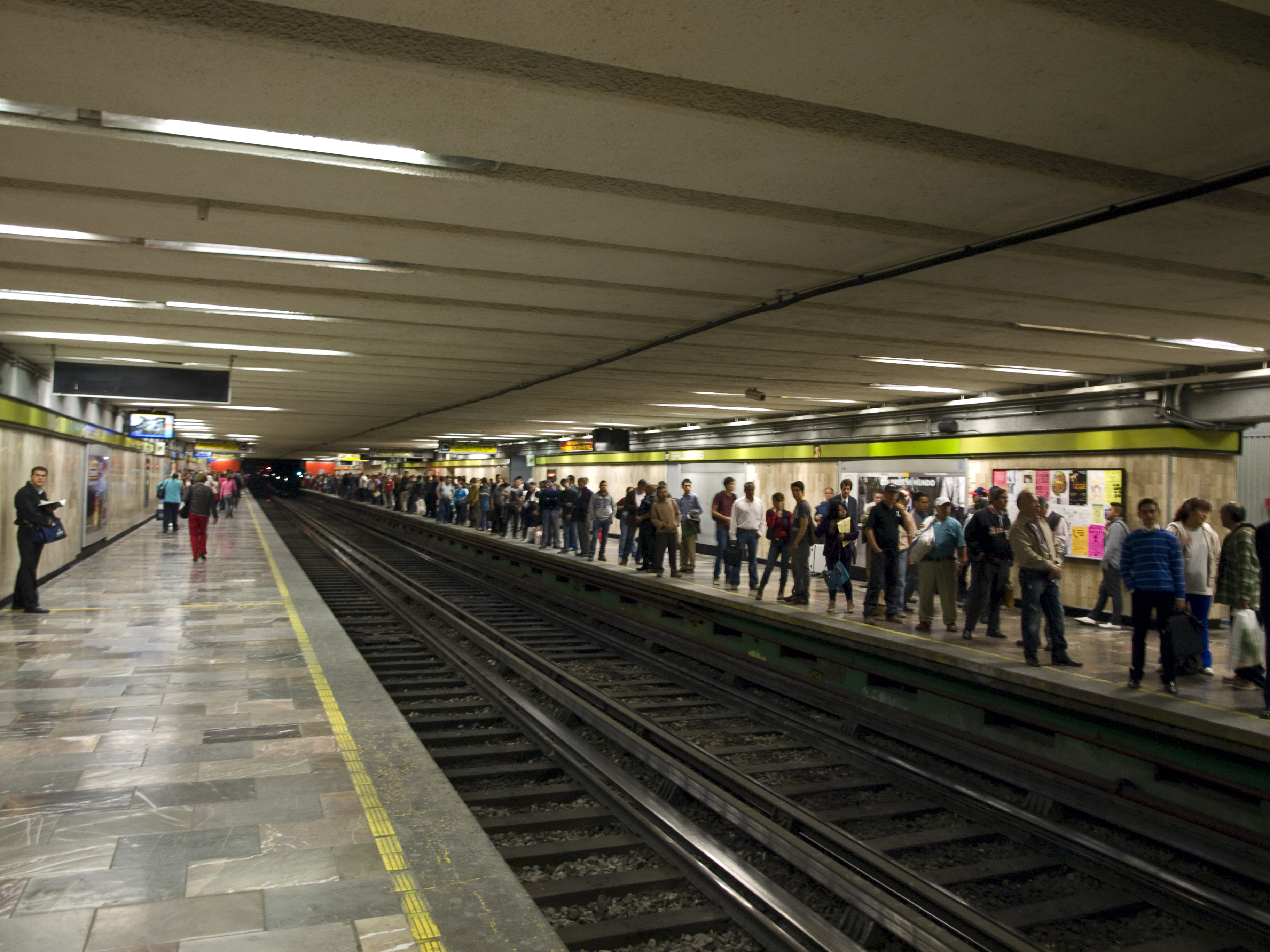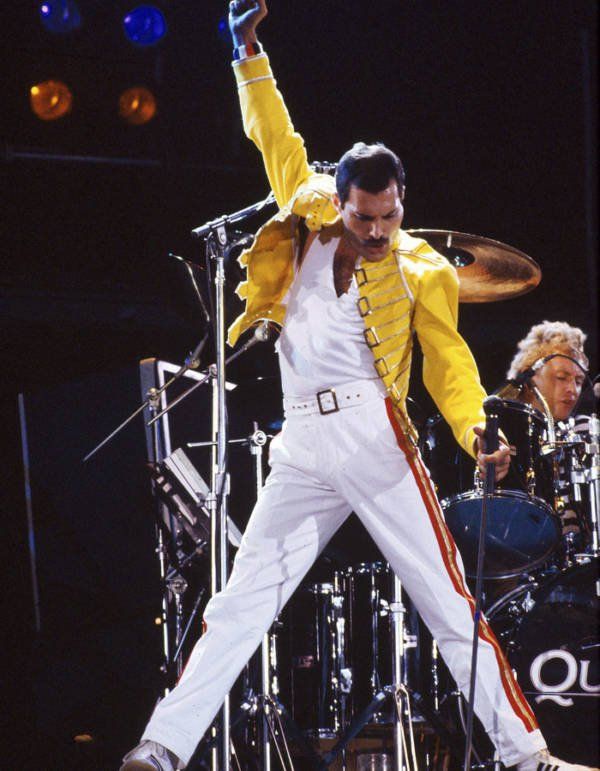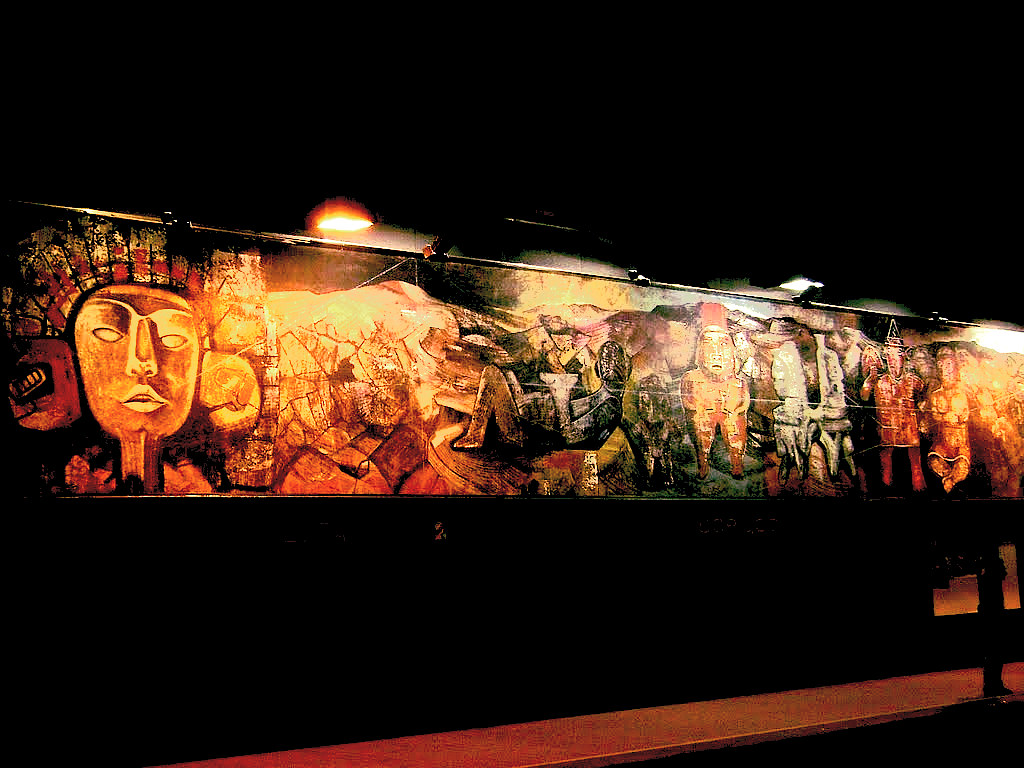The quotidian nature of networks
After half a month visiting Mexico I couldn't help but get nostalgic and reminisce about my days as an undergraduate student.
The alarm clock rings again, as annoying as ever. Like every early morning I refuse to open my eyes, I roll over in bed preparing to enter the reality of this complex world and leave the realm of drowsiness. Still dark in the morning, the light bulb in my room irritates my pupils. I enter once again into this scenario, where I run to the Ermita metro station.
I have to hurry to get a good seat on the train to get to school on time. I dodge the puddles that remain on the ground since the stormy night and the barking of dogs breaks the silence of the deserted street. I see the station right in the middle of the roadway, on one side of the avenue the cars drive to the north of the city, on the other side to the south, and in the center the subway. It is these roads that connect the city off the freeways. If you look out of the window one moment, you can admire the city from the top of the elevated bridges and in a fraction of minutes you find yourself in the middle of the twilight, or admiring the urban panorama of the cars that run parallel to you.
At this point I prepare to enter a portion of the labyrinth. I climb the stairs to reach the bridge, cross the turnstiles along with the wave of people bifurcating into those going towards the blue line and those going towards the golden line. I turn into the tunnel from where the carriage that will take me to my second home departs. Some turn with me, as if the number of eyes is proportional to the speed of the train.
The horn sounds, everyone gets ready for the race. The warlike atmosphere is in the air, here the only one who loses is the one who stays outside the wagon. I get ready to fight, I fasten my backpack and straighten my posture. It is a battle where any resource is valid, like forcing the doors to enter through the window. The moment the train stops, the stampede begins.
I manage to get in with a few scratches on my clothes, no more than usual. The subway begins to move forward, we arrive at the next station. The doors open, people get off and others get on, the doors close, we move forward again, arriving at the next station the cycle repeats itself. I sit the same way, one of my feet under someone else’s, breathing on someone else’s neck, with my back against the opposite door of the carriage, my hands as close to my body as possible so as not to invade the personal space of others.
I do my best to keep my balance in this awkward situation. “Is it possible that the average number of people in the wagon is a conserved quantity?” Surely I am not the only one who comes up with these questions at this hour, it could happen to any other student from the School of Sciences.
I look at the map of the Sistema de Transporte Colectivo (STC), located next to the door, in the middle part of the wall, looking for the link to Zapata—the station where I have to transfer. Suddenly, the structure of this map takes in my head the form of a Krapivsky-Redner-Leyvraz network, with a negative exponent.
The subway keeps moving, we hop from node to node, from station to station. I look up to appreciate the urban landscape where I am. I observe many people with their heads down, their eyes fixed on their cell phones as they navigate this immense ocean called the Internet. The acronym WWW (World Wide Web) is a clear reference to the complex dynamics of data traffic between social networks, web pages and government databases.
As I transfer I take a breath and prepare for the next round. Meanwhile I’m warming up in the corridors, the walls full of cartoons distinguish this way, cartoons that illuminate the signs to line three. In the distance I can see several street vendors at every corner, they have everything: candy, water, headphones and newspapers. Suddenly a big title on a screen diverts my sight from the path…
\[\textbf{The new airport network will revolutionize humanity.}\]—And me riding the Metro—I thought.
The pareidolia of my memories shapes the clouds in my thoughts. Now I see a Barabási-Albert network manifesting itself, like an epiphany that fate prepared for me.
I continue on my way, sometimes the collective dynamics of people resembles the current of a river. Turbulent waters in which I feel submerged and which lead to the platform, where the flow seems to stop, again I can wheeze. Between pushes I find it difficult to hold on to the railing and end up in the middle of the crowd, unable to hold on to anything, enduring the stench of the masses. The noise of the unusable fan and the sweat of my legs dampening my pants.
As I feel the subway begin to accelerate, inertia leads me to crash into a sturdy and sweaty man, from my dry mouth comes out an “sorry” as a courtesy. The time has come to apply the physics I have learned. To prevent my center of mass from becoming unbalanced I open my legs a little and bend them slightly. Feeling the centrifugal force of the train as it takes a curve, I know that my legs are not enough to keep my balance. So I apply the “Spider-Man’s trick”: I take advantage of my height to put pressure with my hand on the roof of the interior. On second thought, with my hand outstretched and my legs spread, my figure looks more like Freddie Mercury.
Next to me someone checks her phone in detail, I instinctively glance sideways, now I begin to feel a penetrating gaze. The person with prominent eyebrows notices my interest and rejects my intrusion: she frowns, rotates her torso and shoots me with her gun eyes. I don’t blame her, I would do the same, I wouldn’t want to be solicited by some stranger, after all social networks have become an extension of our personal space, an extended mind.
In these seas of information, interactions flow between their users. What was the world like when Facebook, Twitter and YouTube didn’t exist? I can hardly remember. Now it seems so natural to express an idea using emojis, to shorten a long word with the help of abbreviations or to express a feeling with a reaction. Although languages do not seem to change, they turn out to be entities that evolve over time and adapt to the speakers. Language has suffered from the echoes of technology, which sometimes cause a fog inside every individual in society. It is striking how each bit of information is embodied in the feelings of a collective, connecting us beyond the chemical and the physical.
I finally arrive at my destination. The walls of the Copilco metro station make up a huge canvas, on them is painted The Profile of Time, a mural that reminds me of the rush guided by the beating of my heart. I have to run to get to class, if I get out of here on time I can take a moment to enjoy my first morning coffee. My legs move as fast as the people in front of me allow.
I go up the escalator towards the exit, pass in front of the ticket office and again I find more stairs. Finally I see the morning light and as in every Mexico City metro station, more street stalls. Now my legs can move faster. The walk from the station to Ciudad Universitaria is not long, but it is mostly filled with print shops and food stores, attractors of crowds that congregate. I stop right at my favorite coffee shop. Minutes later with coffee in hand and backpack on my shoulder I continue my journey.
I arrive at the University Campus, my faculty is still quite far away, so I wait in line for the pumabus. The dynamics of this transport is not very different from the previous one, it is no longer a road where it moves but a school circuit. At the same time a stream of students get on and off the buses, each with some characteristics that distinguish them from the rest. No matter how different the transportation networks are, in the end they all evolve in the same way.
At the stop, I see a boy with a polished dress getting off in a hurry—he must have mistaken the wrong station; neat from his shoes to the briefcase in his hand, carrying The Communist Manifesto. Then a whirlwind of remembrance takes me with impetus, all at once Marx’s thought of those times comes to my memory: the necessity of a constantly changing market…. It must be established everywhere, establish connections everywhere, as if Marx knew from that moment on about the existence of complex networks!
Now I rejoice in my ideas. As if by divine illumination, I understand in this instant that although transportation and commerce seem to be different entities, both phenomena are governed by a power law. Suddenly I dive into my backpack and desperately search for the blank pages where my economics homework should be solved. The problem reads as follows: “In the Wicksell triangle model, each node is a country which produces a single utility and does not need to consume the product it produces, while it does want to consume what is produced by the other two countries, what is the most efficient pattern of trade for these nations?”
The answer to the question turns out to be elementary if we consider that developed countries—which are the minority—concentrate the largest amount of exchange of goods, while undeveloped countries—which are the majority—have a relatively smaller trade exchange. The Wicksell triangle turns out to be the simplest case of a scale-free network. Therefore, its dynamics is entirely determined by the preferential linkage associated with this type of mathematical architecture.
I write down as fast as I can these ideas and together with the bus brake they slow down my thoughts. I turn my head and look out the window to find my way. The lack of alarms on the pumabus betrays me again, I’m right where I should get off. As best I can I take the pages in one hand, the backpack in another and juggle my coffee between one and the other. I make my way through the standing people and manage to get off before the doors close.
A living orb crosses my path and I deftly dodge it, but the result of my poor coordination leads me to crash into a pole. I turn around trying to pretend that nothing is wrong and after arranging my things I continue my way through the tree-lined walkway to one of the entrances of building P. I take a breath of the fresh air of the cold morning and head towards the Tlahuizcalpan building: I cross the bust of Einstein, go down the nearest stairs and turn at the Prometheus fountain.
I arrive at the classroom and take my usual seat, not too close to the blackboard, not too close to the back wall. To get into context I begin to recall the last thing I learned in the mathematical biology course. During the last lesson we discussed how to approach the study of living things from the perspective of complex networks.
There are four molecules that connect all living beings that inhabit our planet: Adenine (A), thymine (T), cytosine (C) and guanine (G), these nitrogenous bases form enormous chains that give erudition to the cell. By making different permutations between them, we could manufacture any entity there is, the source code of nature is written in base 4!
This is how genetic networks become evolutionary networks. At this moment I think of how I am genetically connected to that primitive cell that Margulis spoke of, in the same way I will be connected to that being that has not yet materialized but at some point will. In this way the activity in my head continues, chemical and electrical synapses in different brain nuclei jump from the cortex to the thalamus, while an infinity of other electrical potentials have repercussions in my hippocampus.
I glance around and pause as my gaze stumbles upon a tall, elderly person with an air of grandeur, a sweet, wise smile, whose words have influenced some of my deepest introspections. In an instant he makes eye contact with me and nods his head, he addresses the class with a soft “good morning folks”. Now I wonder, where will today’s words take my thoughts tomorrow?




